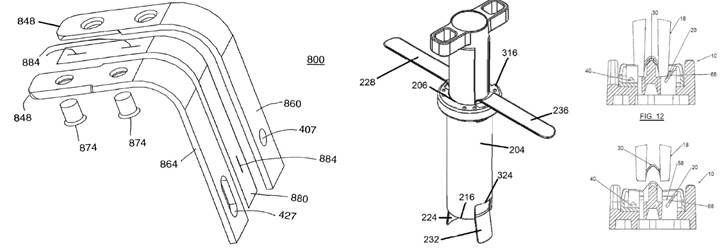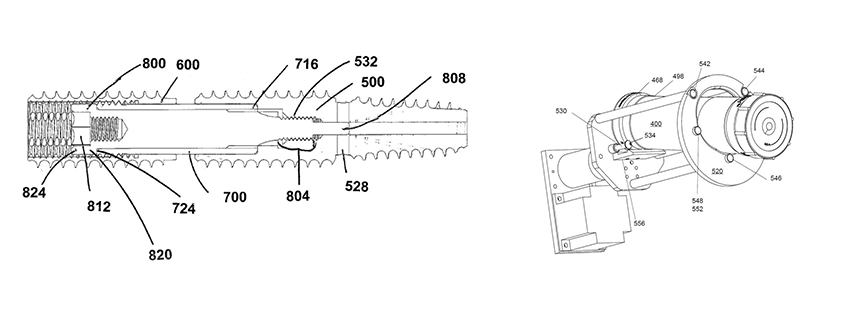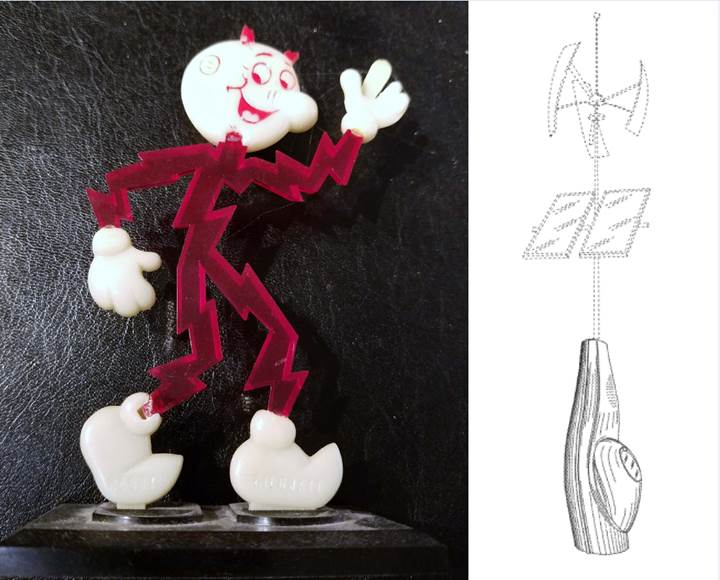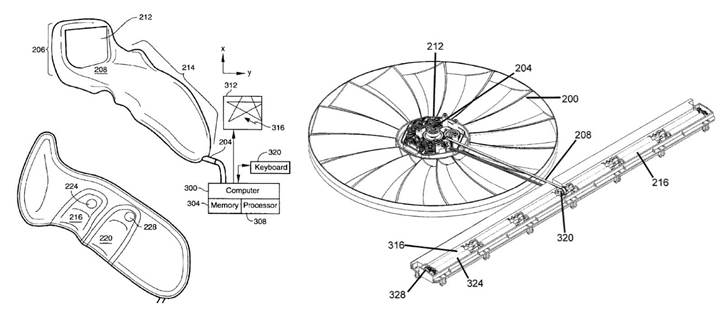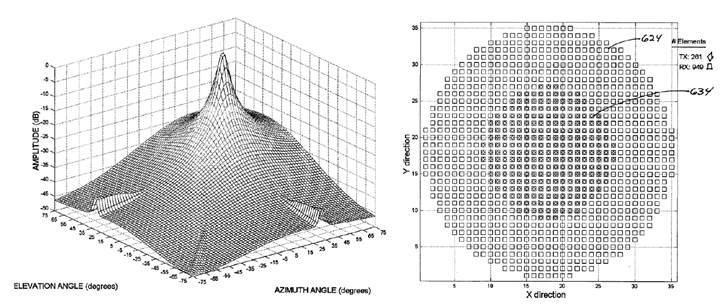Software is a broad topic and there is much confusion about what can and cannot be patented.
FLYNN IP LAW seeks patent protection for clients including protection of computer software. However, given recent decisions from the United States Supreme Court on their interpretation of the scope of the term “inventor” in the Constitution, there are many types of software inventions that are no longer welcome at the United States Patent & Trademark Office.
Still welcome are patents on the software that bring any machine to life. Thus patents on software to make an ultrasound machine, dishwasher, or network server provide new features or work more efficiently are fair game for seeking patent protection. Thus, the interactions between devices through the Internet of Things (IoT) may be described by the software resident on the devices. Likewise patent applications that address the functioning of a general purpose computer to improve performance of that computer are still patentable. Ideally, the patent application and the claims that are obtained are focused on the enduring concepts and not the specific implementation in a particular software stack as the implementation will evolve as the software tools evolve.
What is now difficult to patent is a broad range of things that the Supreme Court considers “abstract” concepts. Generally, if the patent application uses conventional tools on a general purpose computer but addresses a novel sequence of steps to allow for a commercial transaction or provide a set of data for a human to make a final decision, there will be resistance. Automation of a sequence of steps that could be done by a human with pencil and paper is apt to meet resistance. Collecting in one place a set of information or tools without adding a new tool or synergistic benefit from the collaboration of tools is unlikely to be sufficient. The aversion to certain classes of software inventions by the Supreme Court is a relatively new phenomena and is poorly defined.
The guidance provided to United States Patent Examiners to help them decide if a patent application falls within the prohibited “abstract” categories suggested in the Supreme Court cases including Bilski and Alice can be found at http://www.uspto.gov/patent/laws-and-regulations/examination-policy/examination-guidance-and-training-materials.


